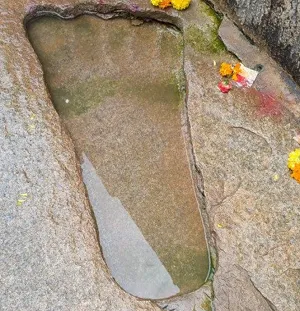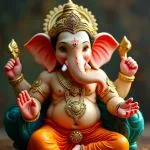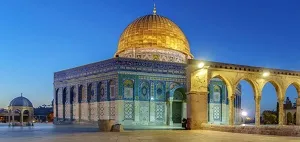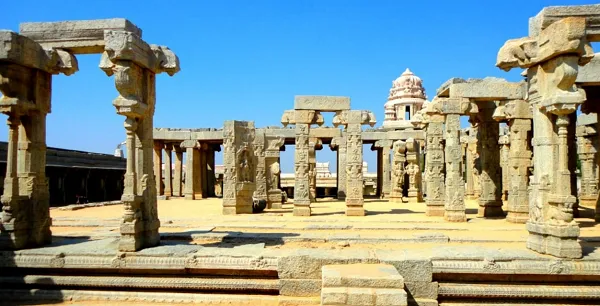
Lepakshi is a small village in the Anantapur District of Southern Andhra Pradesh, India, 15 kilometers east of Hindpur and 120 kilometers north of Bangalore. The historic Veerabhadra temple, dedicated to Veerabhadra and dating back to 1583, is located here. It is one of India's finest and oldest temples. The brothers Virupanna Nayaka and Viranna Nayaka build it. It is also well-known for its sculptures. The artisans of the Vijayanagara empire developed these.
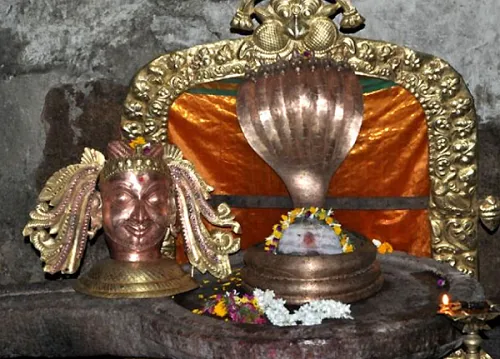
It is a region filled with Ganesha, Nandi, Veerabhadra, Shiva, Bhadrakali, Vishnu, and Lakshmi shrines. Another highlight of Lepakshi is the large Nandi bull carved from a single granite stone and placed within one kilometer from the temple. The garden surrounding the monument is rather lovely, and it is indeed the largest Nandi statue in India. Size-wise, the statue is roughly 15 feet in height and 27 feet in length. In addition, the area is well-known for housing some of the finest mural paintings commissioned by the Vijayanagar Kings.
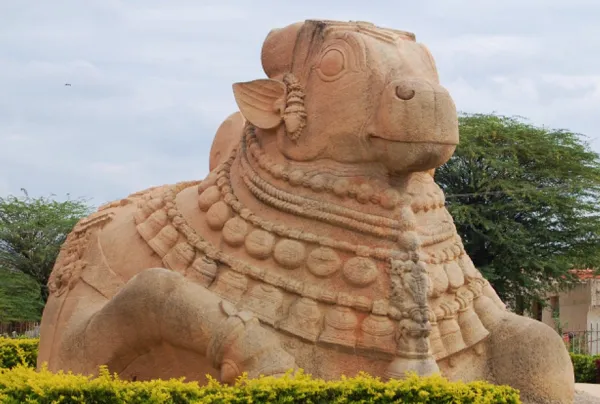
The Vijaynagar style temple has seventy pillars. It is a fascinating and enticing location. The Swamy Temple of Veerabhadra is peaceful and has preserved its sanctity. Numerous pillars support the roof of the enormous performance hall in the exterior section. The famous'veerabhadra temple lepakshi hanging pillar' is a corner pillar that does not contact the temple floor. It is well-known as the Akaasa Sthamba (floating column). The British engineer Hamilton, perplexed by this anomaly, endeavored to correct it in 1910. The hanging pillar isn't the only interesting feature here. The sculptures in the Veerbhadra temple are well-known. It is well-known for its Vijaynagar era mural collection. Stories like Lord Shiva's nuptials are depicted. Inside Lepakshi's suspended pillar are various representations of Shiva. The goddess Bhadrakali, seen here with calm emotions, has her own shrine.
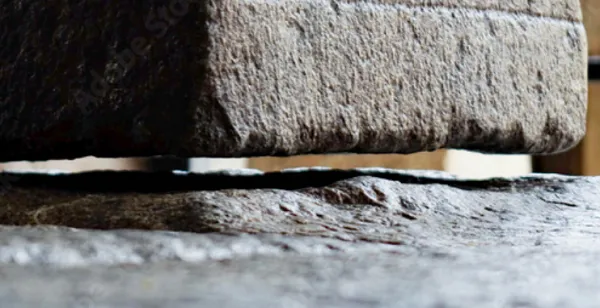
Mukha mantapa, Natya mantapa, and Ranga mantapa are names for the main temple's assembly hall; arda mantapa, or the ante chamber; and garbhagriha, or the sanctum sanctorum. There are different pictures on each of the pillars. The outside is dominated by a pair of massive serpents with seven heads, each protecting a Shiva Linga inside its coils. The wedding hall, or Kalyana Mantapa, is located on the exterior and is known as the Asampurna. The tragic tragedy involving Virupanna leading him to lose his eyes prevented him from finishing this magnificent hall. Kalyana Mantapa's pillars, which symbolize numerous Hindu deities, are still a sight to behold.

A large footprint, often held to be that of Devi Sita, can be seen on the temple floor just beyond the Kalyana Mantapa. Due to the steady flow of water, this print is constantly wet. Lord Hanuman's footprint has been claimed by several. The Lepakshi Veerabhadra Swamy Temple is open daily from 5:00 a.m. to 12:30 p.m. and again in the evening from 4:00 p.m. to 8:30 p.m. However, schedule changes are common during holidays.
